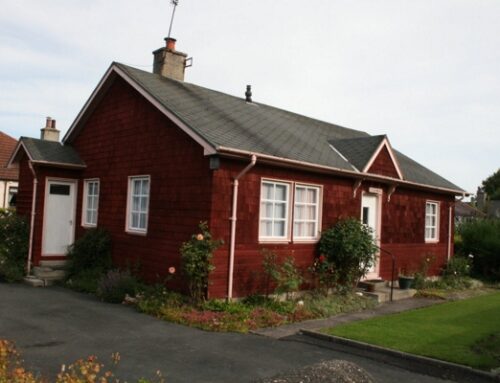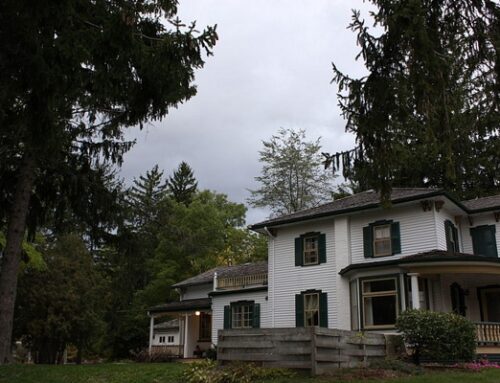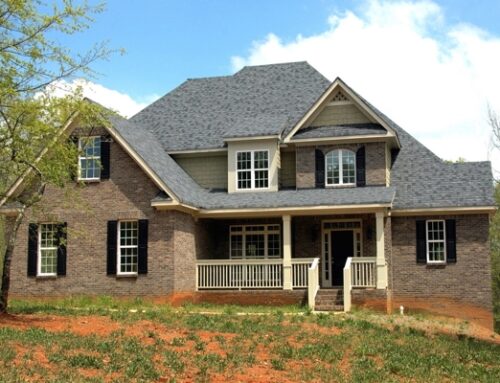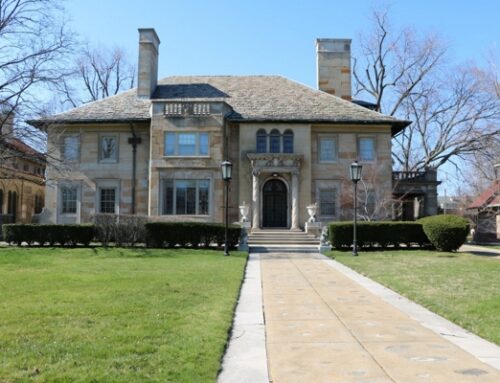Functional and Cosmetic
One of the biggest and most common complaints Clinton Township MI homeowners have is when metal roof hail insurance companies refuse to honor their hail damage claim. Unfortunately, in most cases, hail damage insurance companies have the right to reject the complaint. This is their common argument: cosmetic damage that hailstones cause. Upon observing your roof, you note they’re technically correct, but it doesn’t mean they’re morally correct.
Before we dive in further, metal roof hail insurance claims face rejection often because we fail to identify what is functional versus cosmetic damage. Kat Construction has a great comparison between the two below.
Functional Vs. Cosmetic Hail Damage
Functional hail damage is the kind of damage that impairs the roof’s main purpose (that is, shedding snow and rainwater) or reduces its long-term service life. The kind of damage varies depending on the outer roofing material. Functionally damaged asphalt shingle roofs have a different set of criteria that defines functional damage, compared to, wood or tile roofs, for example.Cosmetic hail damage, on the other hand, is basically the kind of damage that doesn’t affect roofing performance or service life. For instance, hail may hit a part of the roof and only cause minor granule loss, or dents in metal components such as gutters and vents. In most cases, what is considered as cosmetic hail damage doesn’t require emergency roof restoration. (Source)
Cosmetic Damages Should Be Included
As per logic and technicality, insurance companies see your roof as maintaining functionality. Therefore, your property’s devaluation does not warrant any immediate danger or loss of benefit except for a minor curb appeal downgrade. However, as reputable and experienced roofers in Clinton Township MI, we disagree. We believe insurers should honor metal roof hail insurance claims for cosmetic damages.
Cosmetic damage can create small dents on metal roofs. Over time, the rainstorm will pool water inside these dents. This will accelerate rust and structural integrity, which no roofing maintenance service can completely address quickly. Fortunately, lawmakers are seeing this oversight and are working to address it. Claims Journal even writes it as an issue that needs resolution.
The Hail Issue
Smaller hail does not tend to damage most roofs, whether commercial or home. In the past decade, hail storms have grown more severe, with increased hail size reported as well. This makes it more common for hail stones to cause visible markings or minor damage on roofs where none had previously occurred. Because there have been few contractual limitations on what was covered “damage” in commercial property coverage, any visible impact marks, even if roof integrity was not affected, resulted in substantial roof system replacement costs to insurers.
The greatest property exposures for hail tend to be shorter expansive buildings that are concentrated within business complexes or school campuses. Their roofs can be measured in acres, not square feet. With such large roofs concentrated in small geographic areas, even brief hail storms can cause significant repair costs for an insurer. As hail storms have become more severe, including storm frequency and hailstone size, roofs and exterior surfaces of commercial buildings are increasingly vulnerable to such storms. In extreme hail storms, even expensive hail-resistant roofs can show visible indentations from larger hailstones.
Additionally, building exteriors, particularly roofs, need periodic maintenance or replacement to efficiently protect the interior and contents of buildings. As roofs age, they become more susceptible to storm damage due to many factors, including loosened and less pliable roofing material, as well as increasingly brittle sealants. Any delay in maintenance tends to exacerbate damage caused by hail. This is in contrast to other forms of property affected by hail storms, such as automobiles, which can operate for the life of the property with little such exterior upkeep. Because of this need for building maintenance, building owners in hail-prone areas have some incentive to delay necessary roof replacement in hopes that a hail storm claim will cover such costs, resulting in carriers, not the owners, paying for a new roof (Continued)
The True Cost
Unfortunately, you’re bound to spend hundreds on repairs if your metal roof hail insurance claims fail. While roofing maintenance can help you save your roof from repairs, hail damage — both cosmetic or functional — is something that roofers cannot completely reverse or preserve.
In fact, you’ll be spending the same amount you do when you’re repairing a fatal metal roof problem or are planning to have your roof replaced. Home Advisor claims metal roofing costs to possibly reach about $300 even when it’s just cosmetic damage.
Repairing metal roofing costs an average of about $300. Using solid and interlocking sheets of metal as does save you the trouble of replacing shingles, but it is just as vulnerable to impacts like hail or tree branches. Most metal roofs suffer from dents but large or deep dents can lead to puncture, leaking, and further damage inside the home. Even extreme vibration caused by wind or hail can shake loose features. Fortunately, a professional service will know what to do. (Source)
In all cases, it helps to have a reputable and reliable Clinton Township MI roofing contractor to help you inspect your roof to have enough data in making a valid hail damage claim. Eventually, these contractors from Miller’s Home Improvement can help you fix your roof completely too. Contact us today to help you get the best, long-lasting roof repairs and replacements possible.






